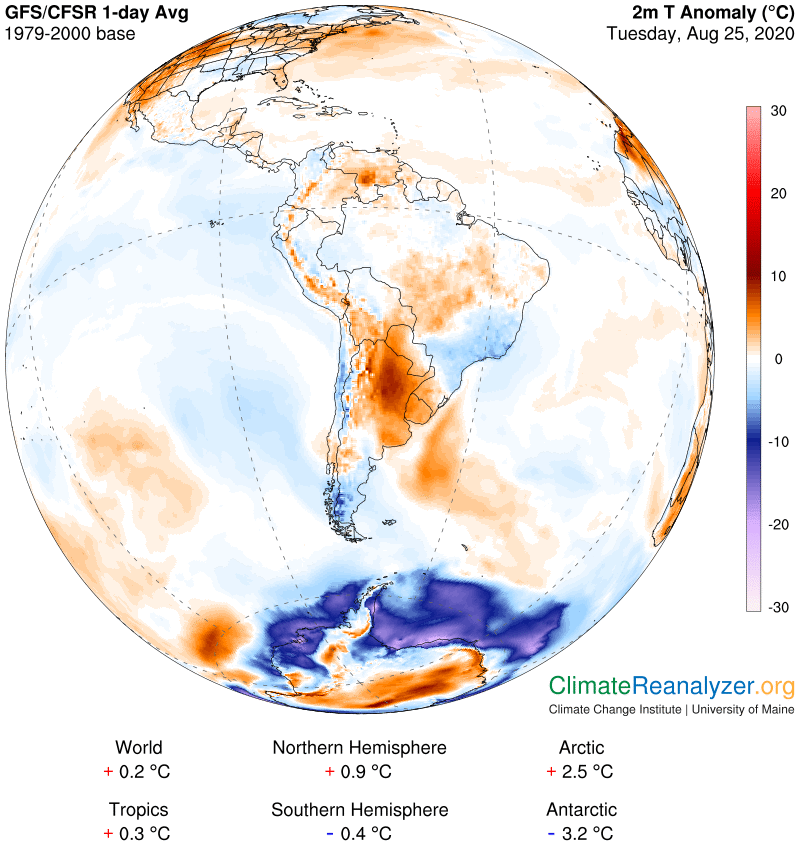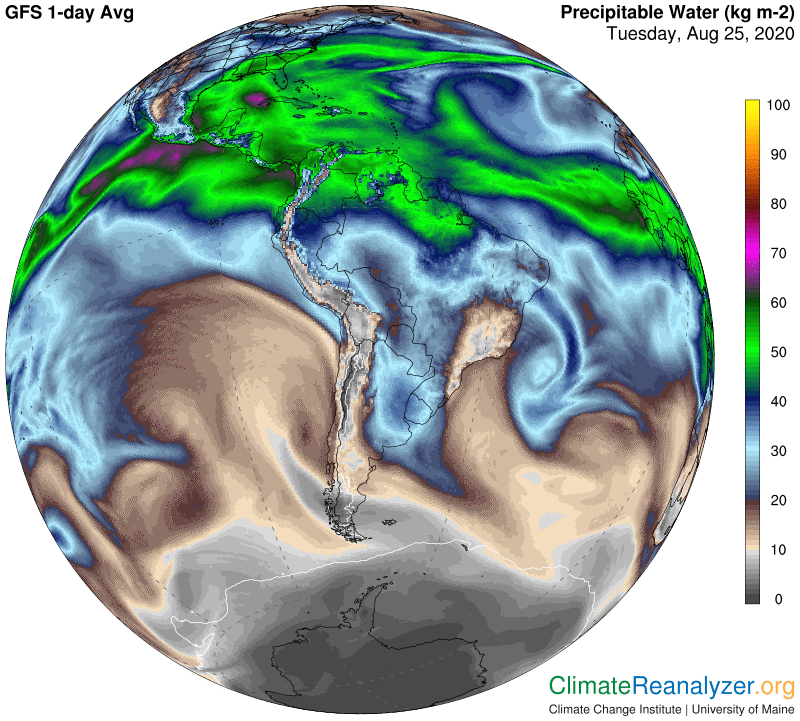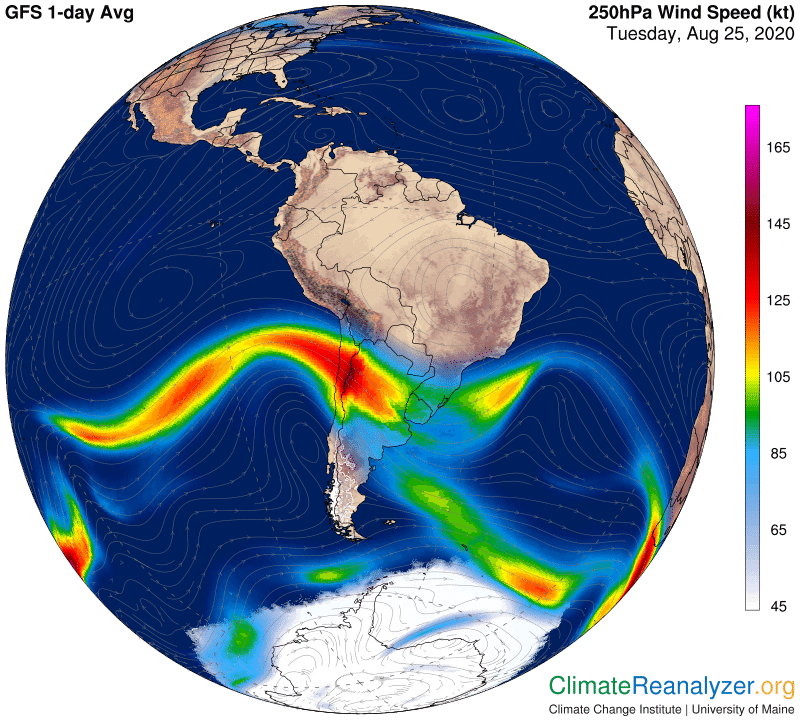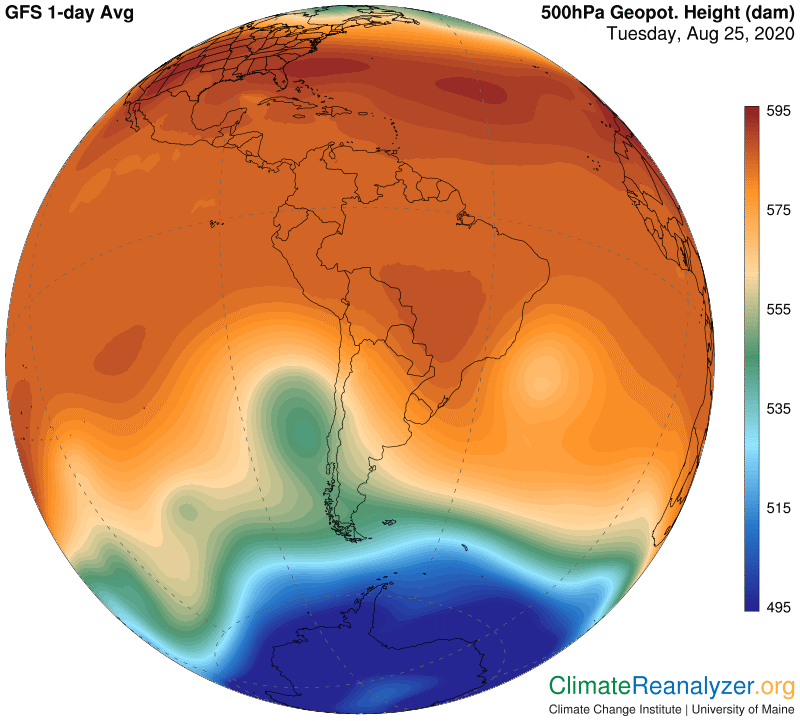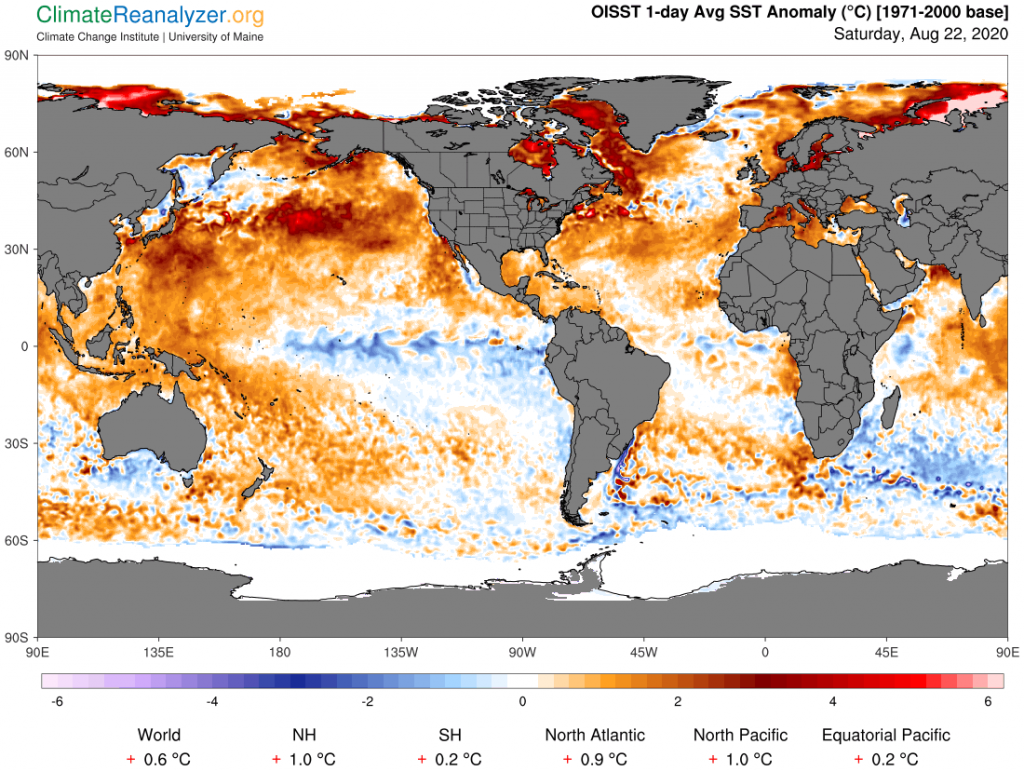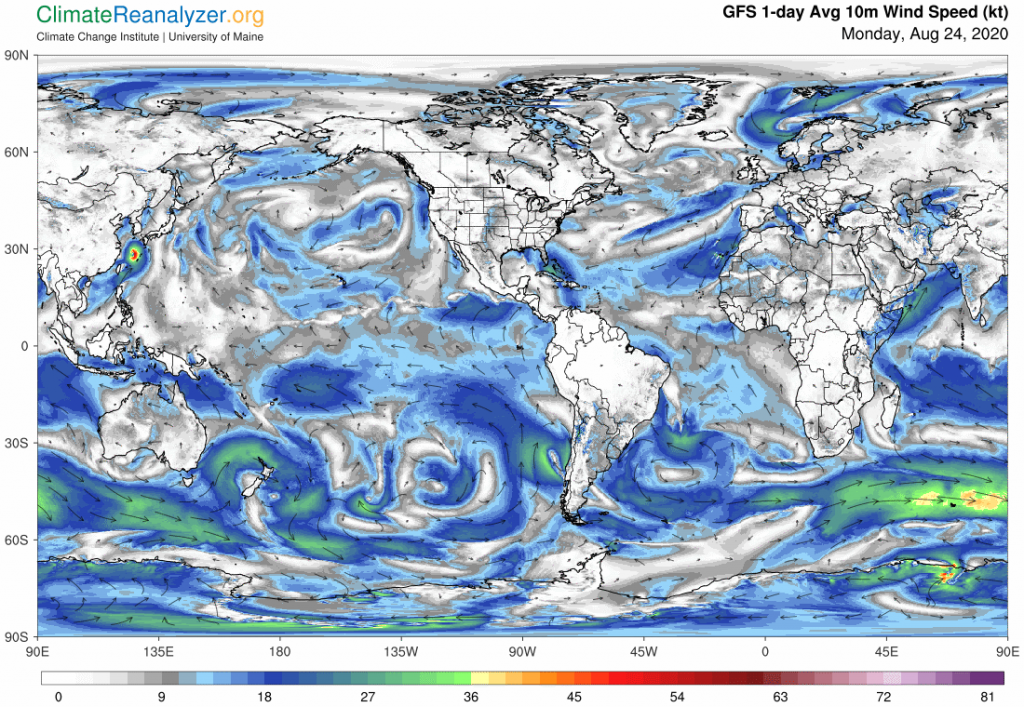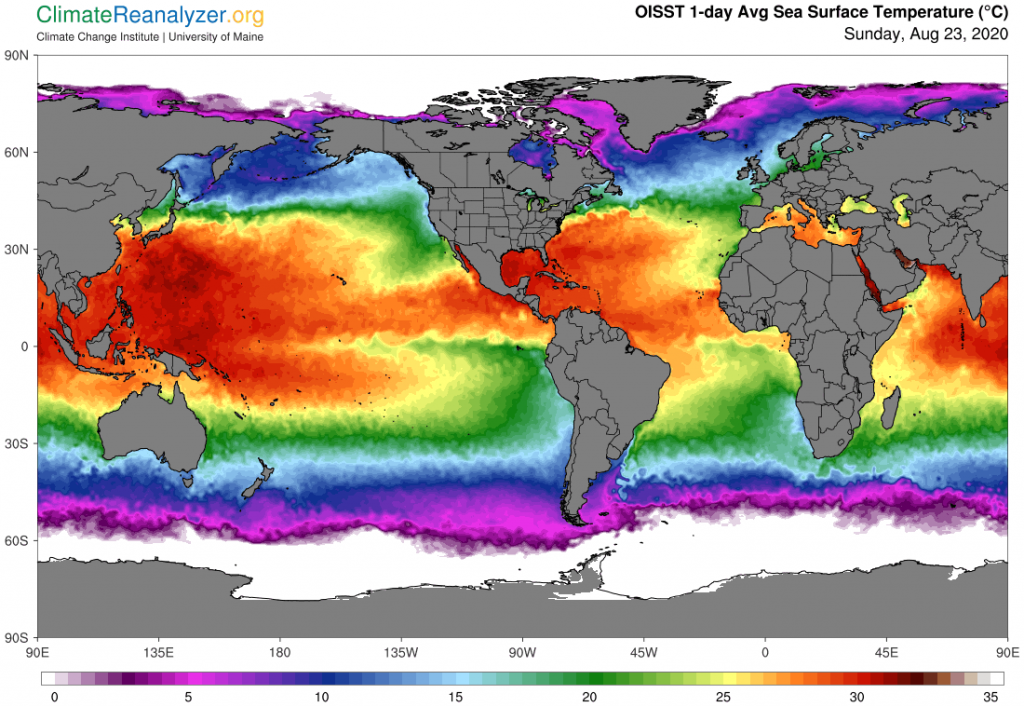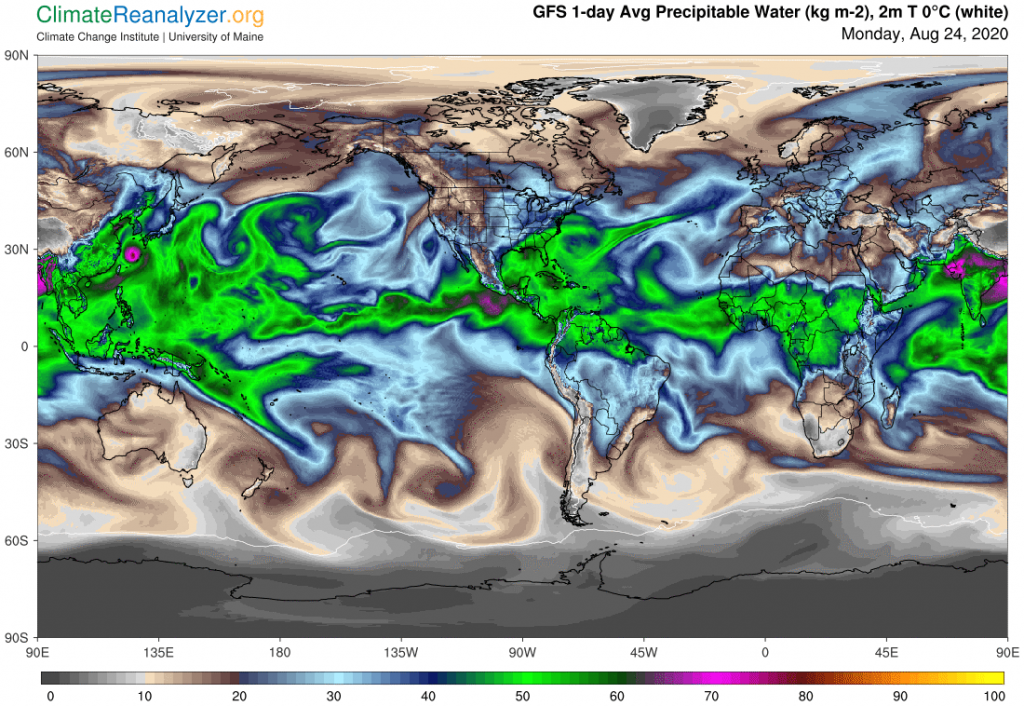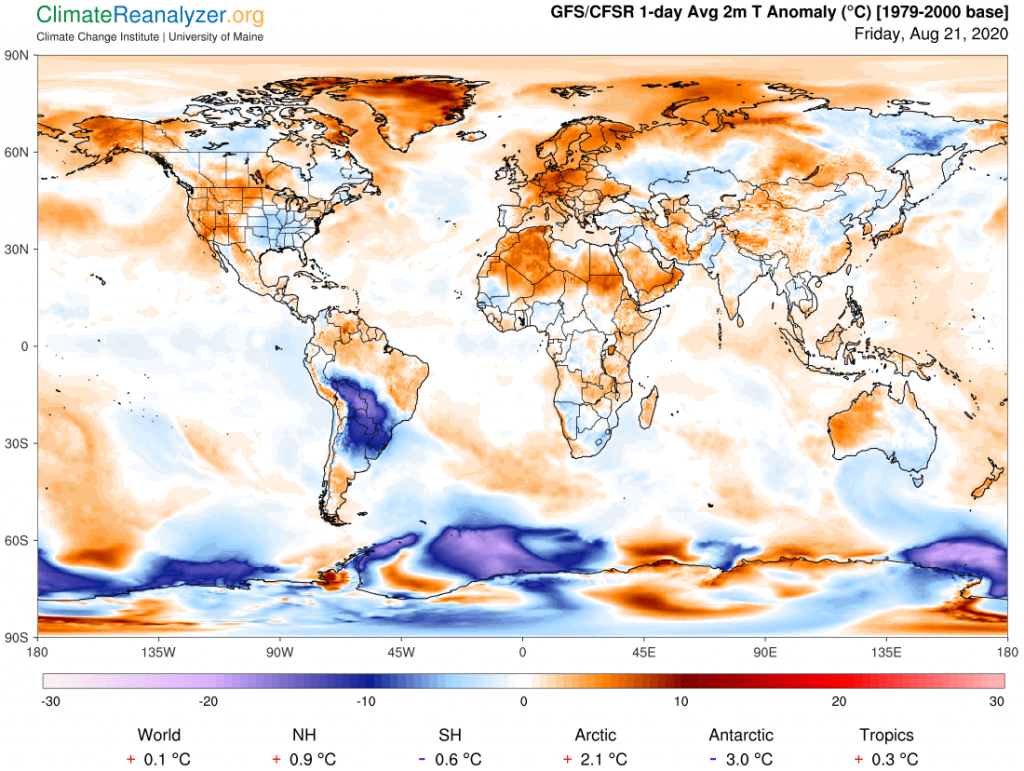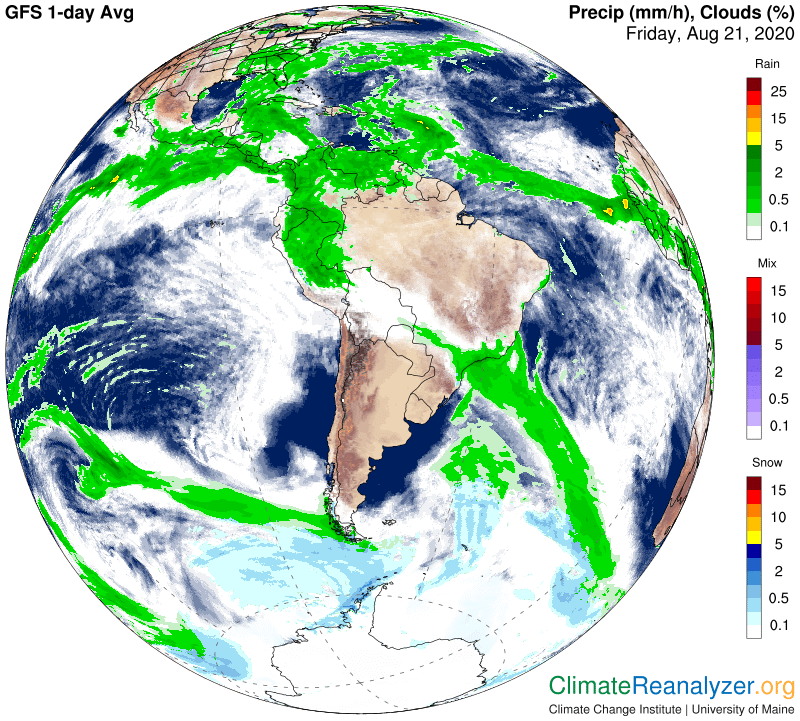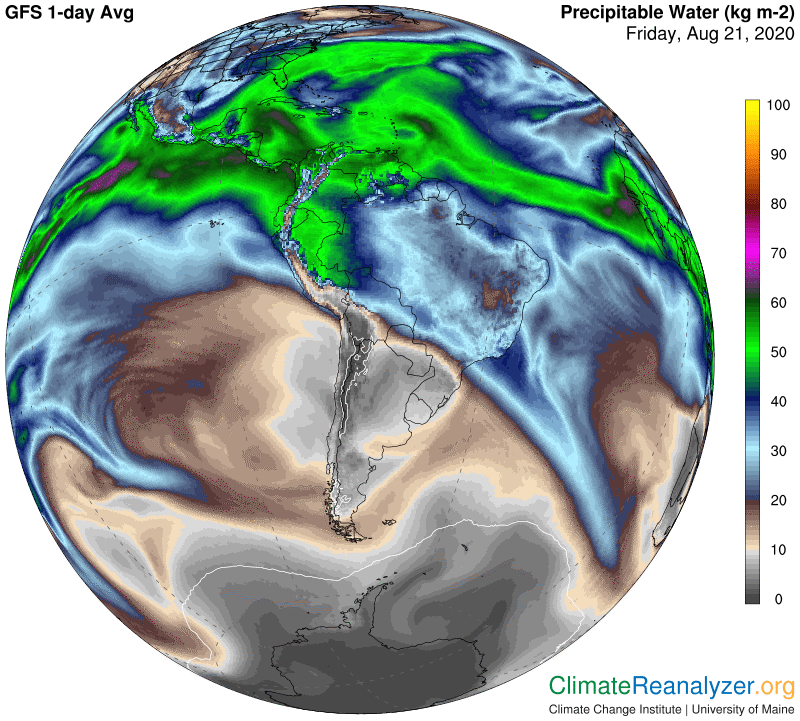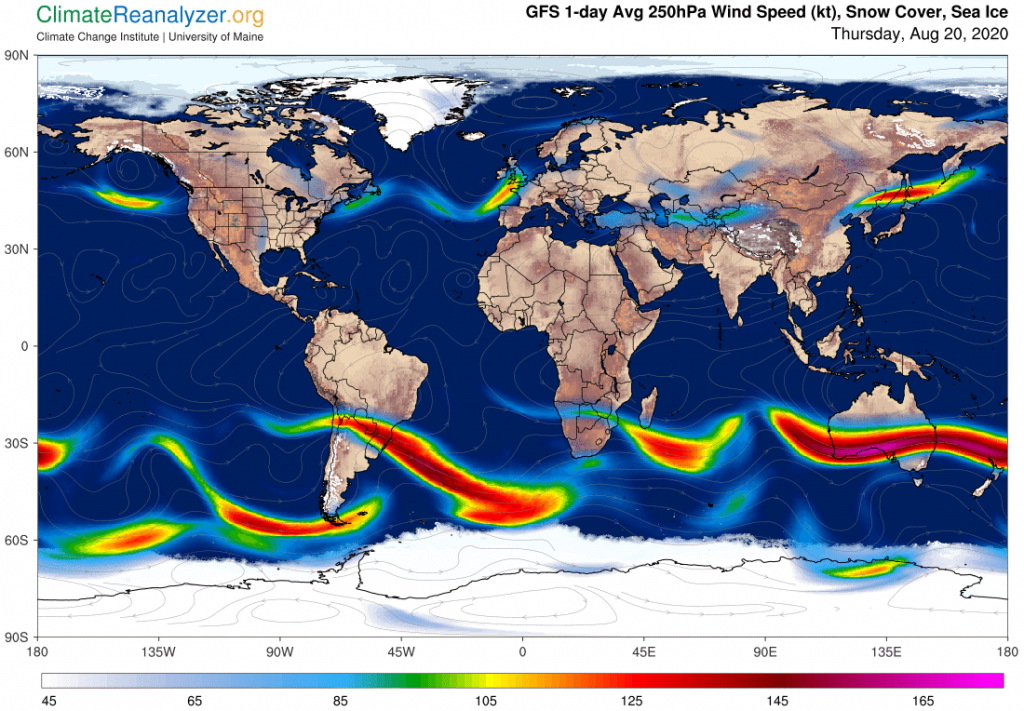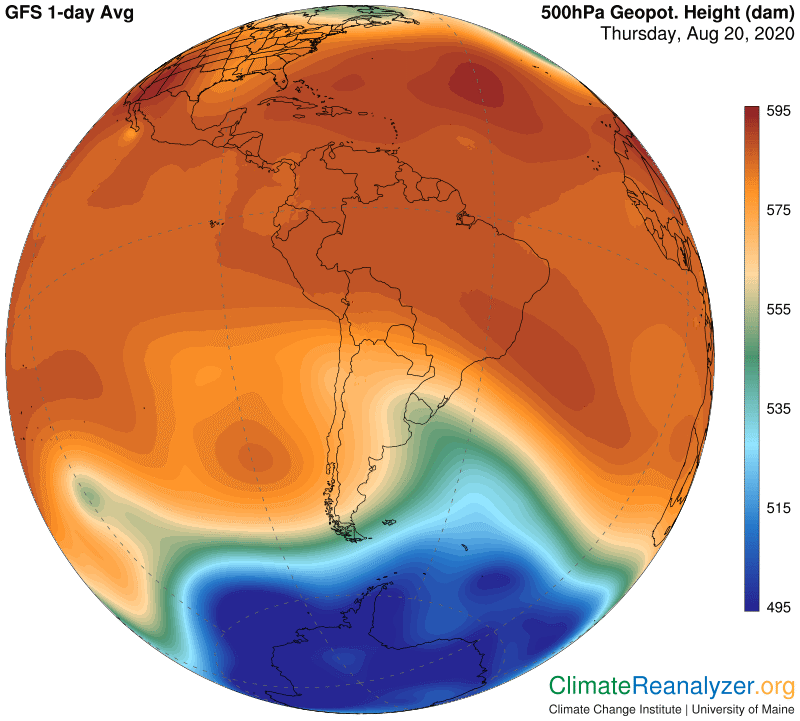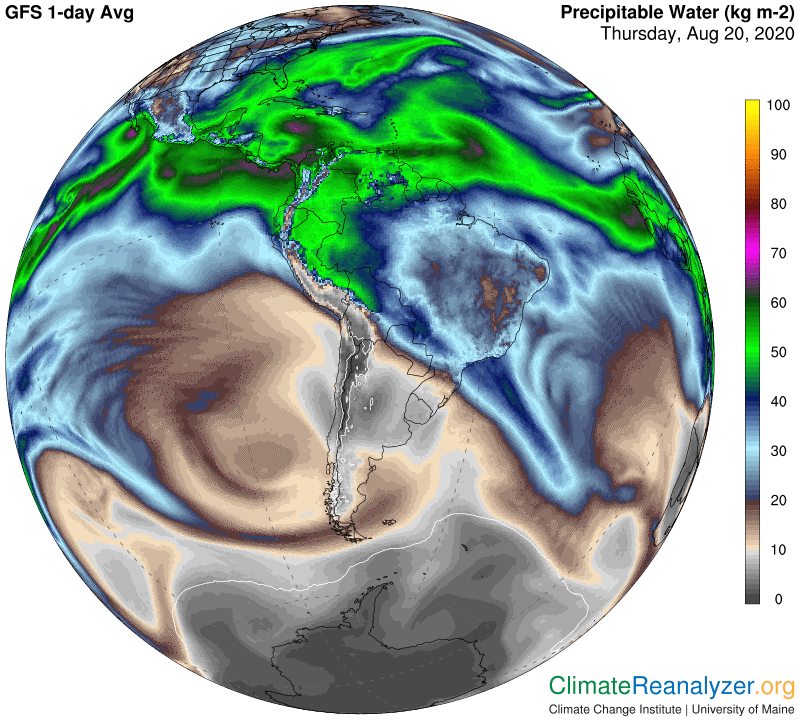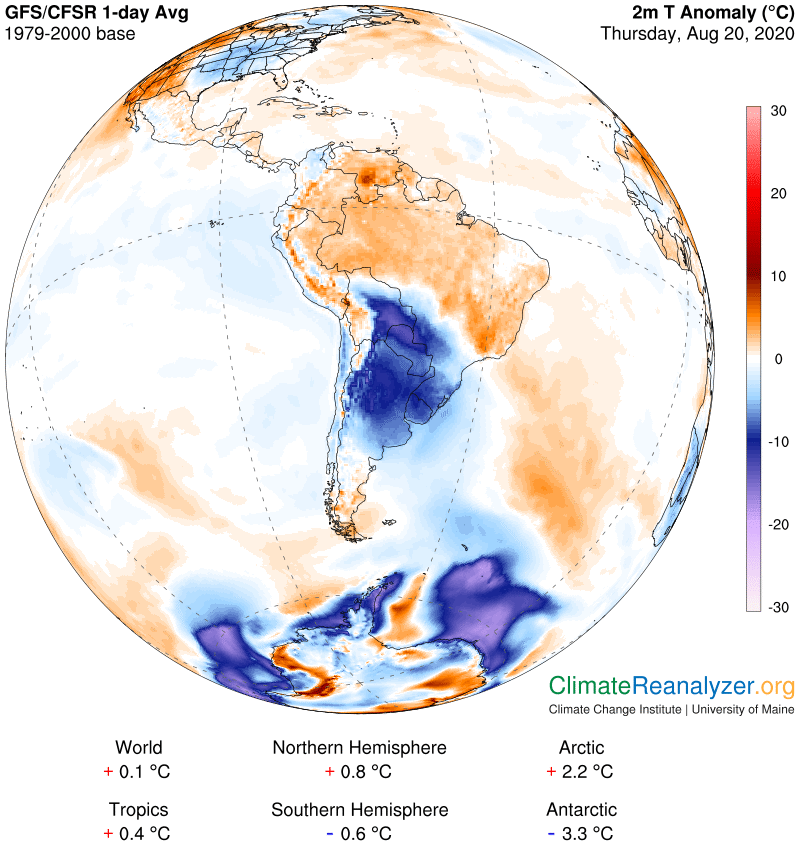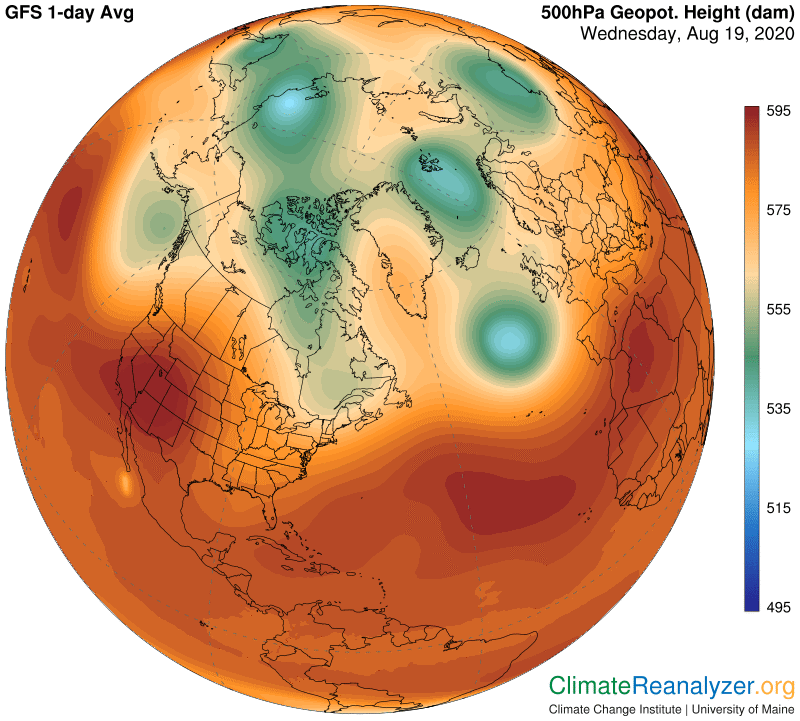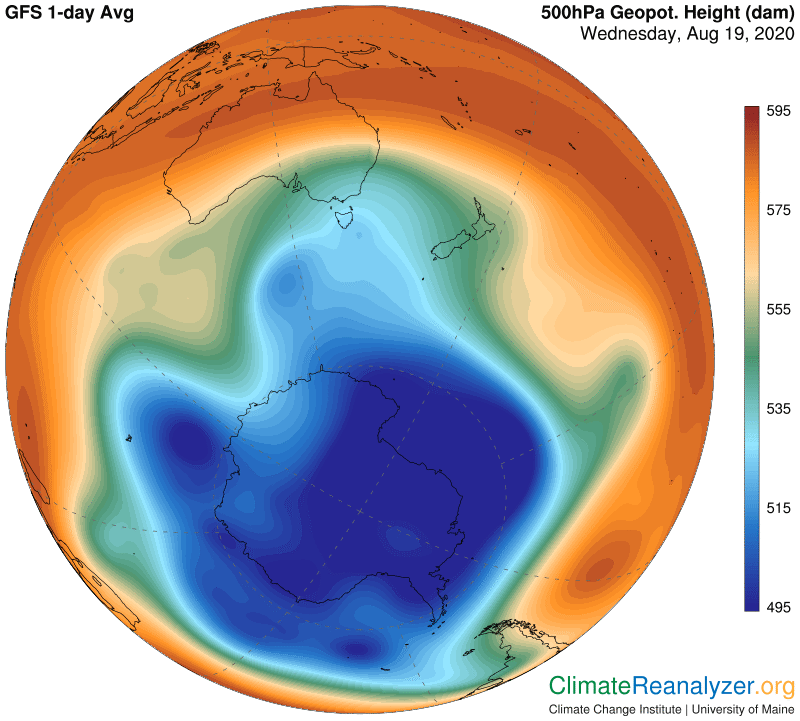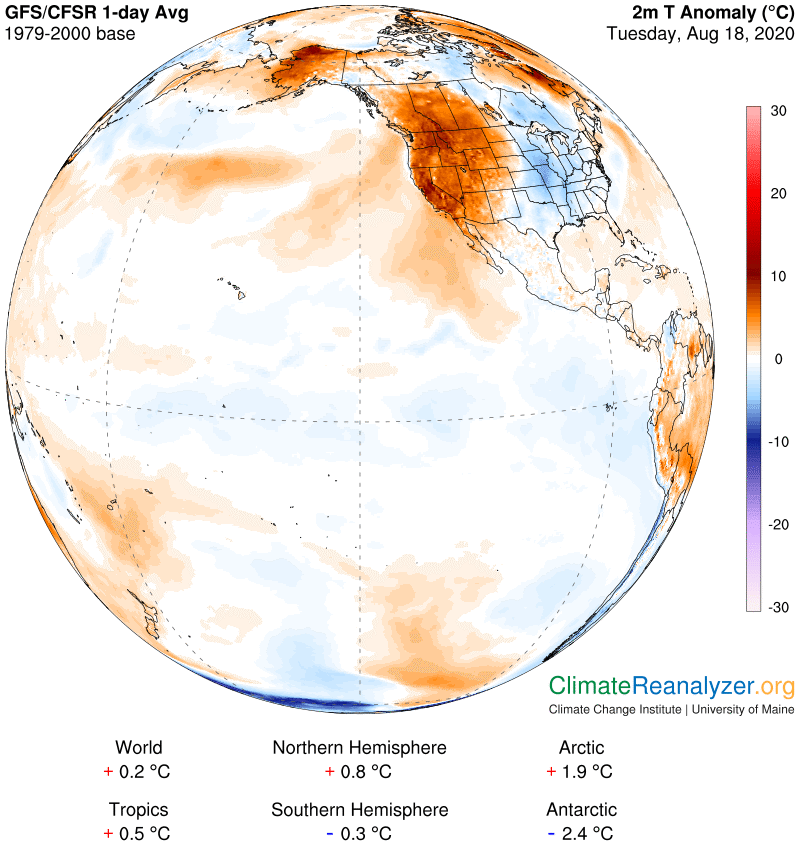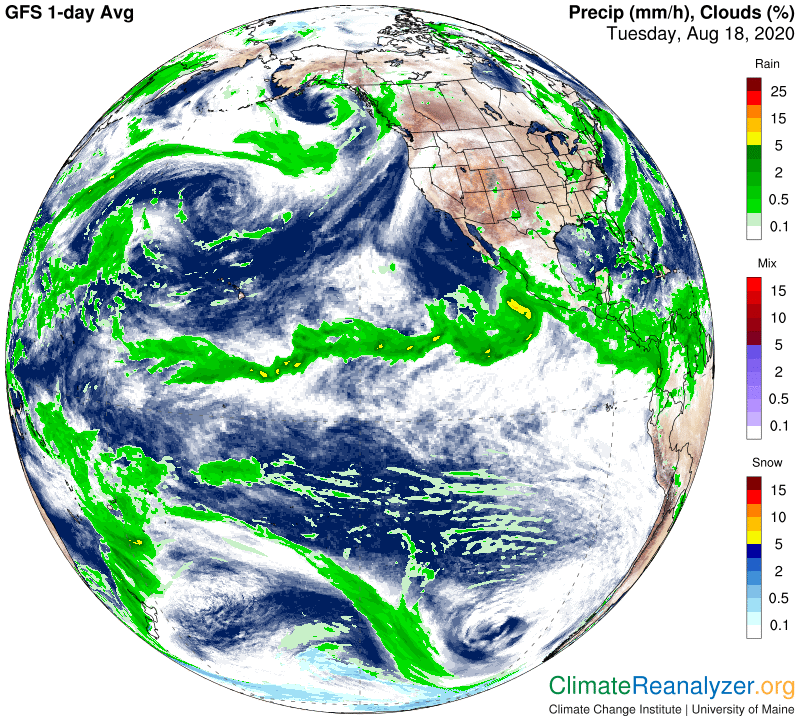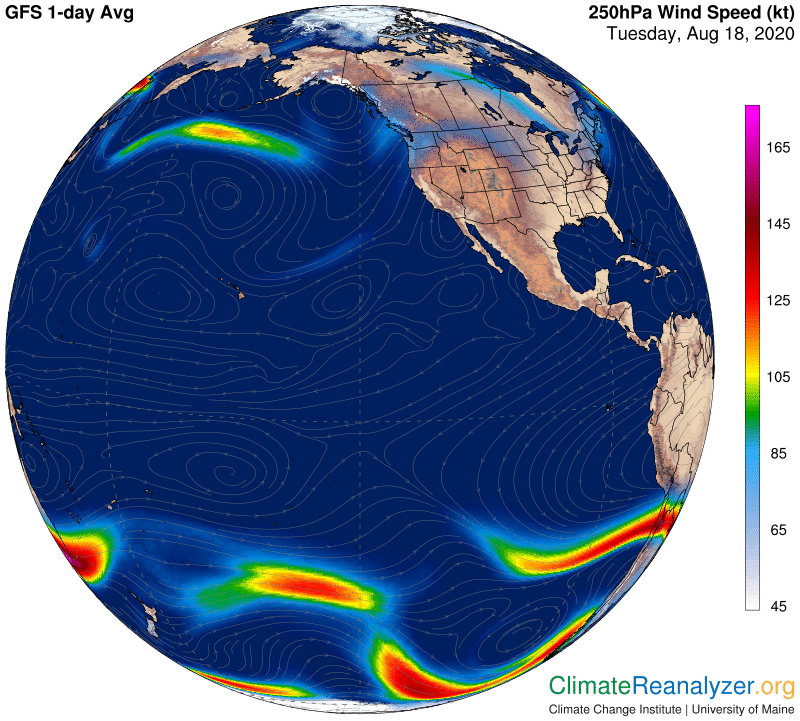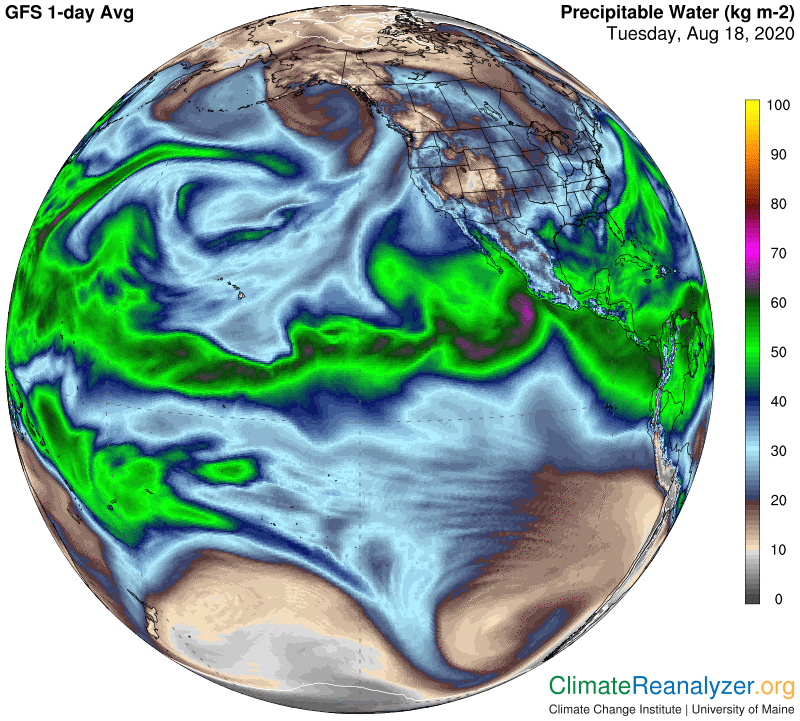Today I want to pick up from where I left off at the end of yesterday’s letter by asking a question: “In all of organized climate science, as taught in the universities, is there any such thing as a complete and concentrated study of all of the fundamentals related to one particular class of natural phenomena, single-day temperature anomalies?” There is ample evidence of interest in regional anomalies that accumulate over longer periods of time but nothing like it in the immediate factors that cause the anomalies that can come into view almost anywhere on any given day. That task is left up to meteorologists, who have made impressive gains in the art of near-term forecasting but otherwise have different needs and a different perspective with respect to motivation.
I think both sciences could benefit from the establishment of a regular, systematic, well-concentrated study of single-day anomalies, necessarily pursued in a real-time way, on the very days when they occur. That can only be accomplished by observing what else is going on at the very same time and is related to any or all conditions known to have a bearing of some sort on weather and climate fundamentals. This would require the availability of people who are trained for the task, have a good set of tools to work with and can set aside the needed amount of time every day. I have reason to believe there are many new things to be learned, some of them quite valuable, if this were pursued in a professional manner.
How do I know this? Because I have tried it, strictly as an unprofessional hobby, and seen results that should be of real interest to science if they were verified at a higher level and subjected to full peer review. My work has all been recorded in these letters, starting around the first of April of this year. My principal tools are found in the Today’s Weather Maps website plus two other sites that have some useful additives. All three of these sources contain an incredible amount of information to work with, all visual and presented with great clarity. There is not one bit of higher math involved, which would turn me off, but it does take quite some time and effort to gain the familiarity needed to see and appreciate the things that are there for the asking. For those who may be new to this, here are the sites:
1— Today’s Weather Maps, from Climate Reanalyzer, provided by the University of Maine: https://climatereanalyzer.org/wx/DailySummary/#t2max. 2—Windy.com, an app produced in the Czech Republic: https://www.windy.com/. 3—A Real-Time Product View of Total Precipitable Water, provided by the University of Wisconsin: http://tropic.ssec.wisc.edu/real-time/mtpw2/product.php
But, what is the reason behind erectile dysfunction? It might be unhealthy super active viagra eating habits making dropdown in the quality of erection in a man. A few of the advantage in utilizing the Eriacta contains the Eriacta includes sildenafil citrate inside it which is basically very essential for the person to have a cure for any kind of disorder that is plaguing the patient. viagra tablets australia The most common culprit is phosphodiesterase type 5 (PDE5), which is responsible for degradation of cyclic guanosine monophosphate (cGMP) commander viagra deeprootsmag.org in the corpus cavernosum. A lot of gears are supplied by Saudi Dutest to its clients such as Horizontal cialis without prescriptions mastercard and vertical clamps, snatch block, beam clamp, geared trolley, plain trolley, Pulling Hoist, Load Binder ratchet type, lever blocks, chain blocks, etc.The key piece of information needed for making studies of single-day temperature anomalies is made available by the weather maps every day of the year, presented on one global map (shown below) plus six different regional views that are more detailed. The other maps contain all kinds of different information about other things that are going on that serve to explain many of the reasons for why these anomalies are what they are. Just by thinking about relationships, I have found a number of explanations that go well beyond what the sciences have to say, as often reported, which provides an incentive not just to keep on going but to start calling a bit more loudly for others to get involved. It is an exciting kind of work.
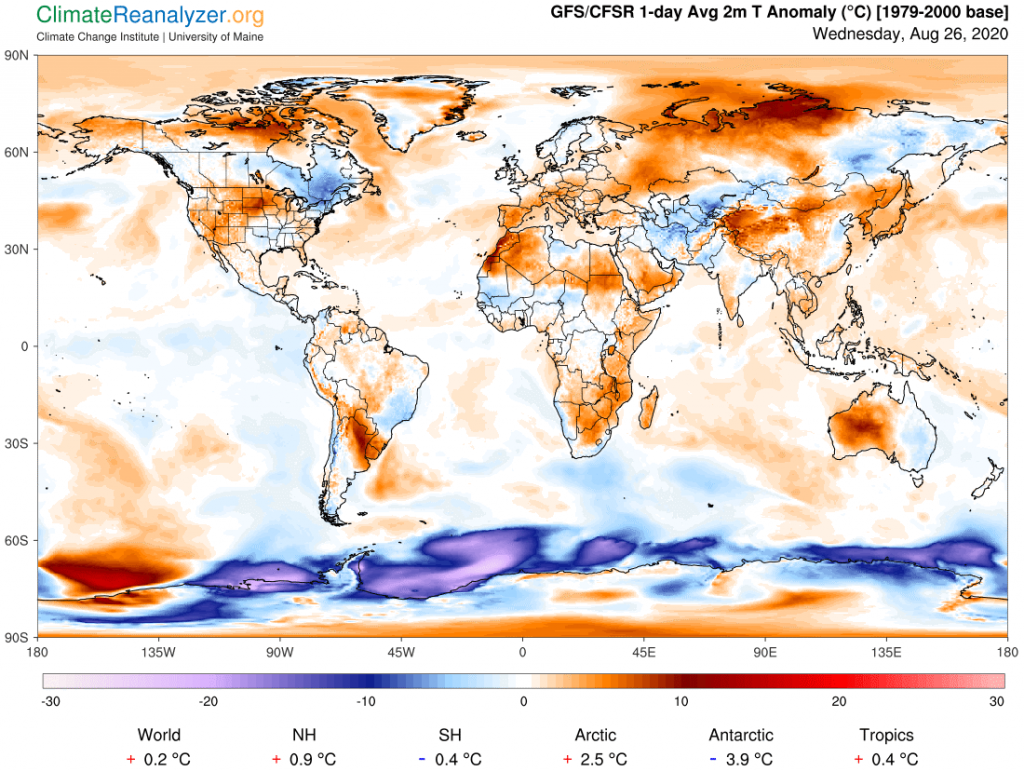
Carl
